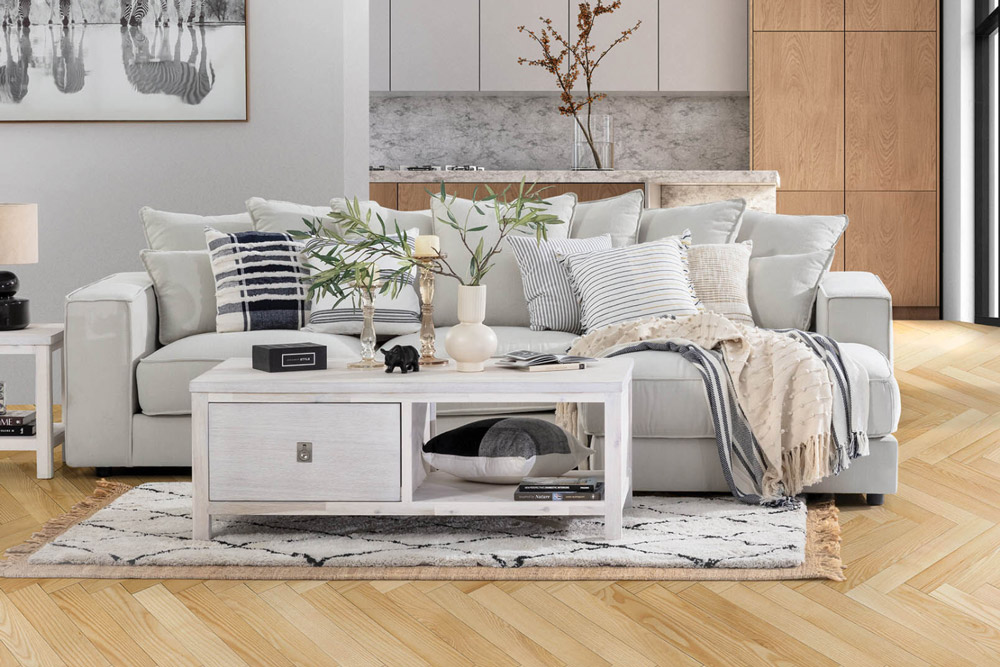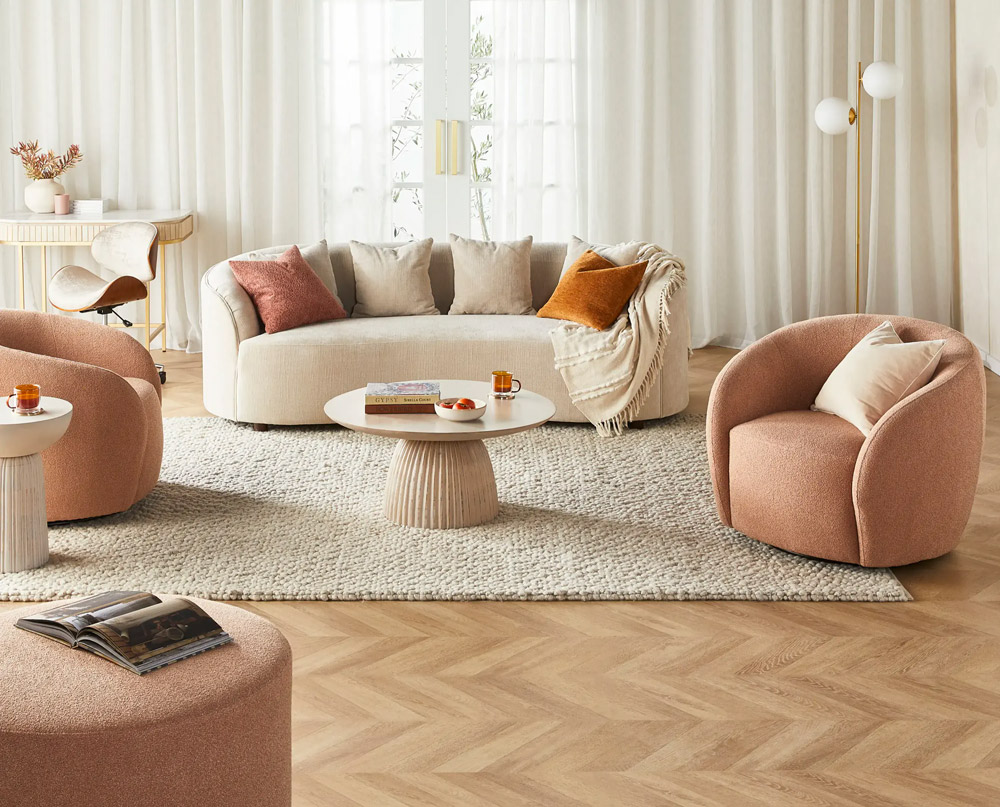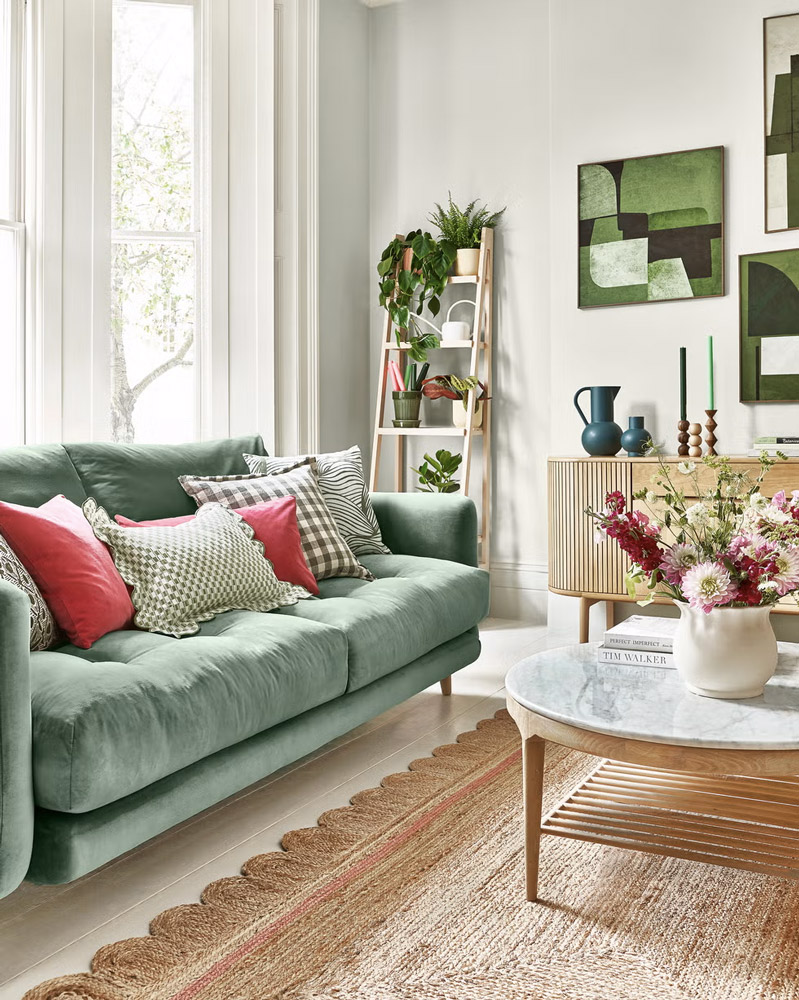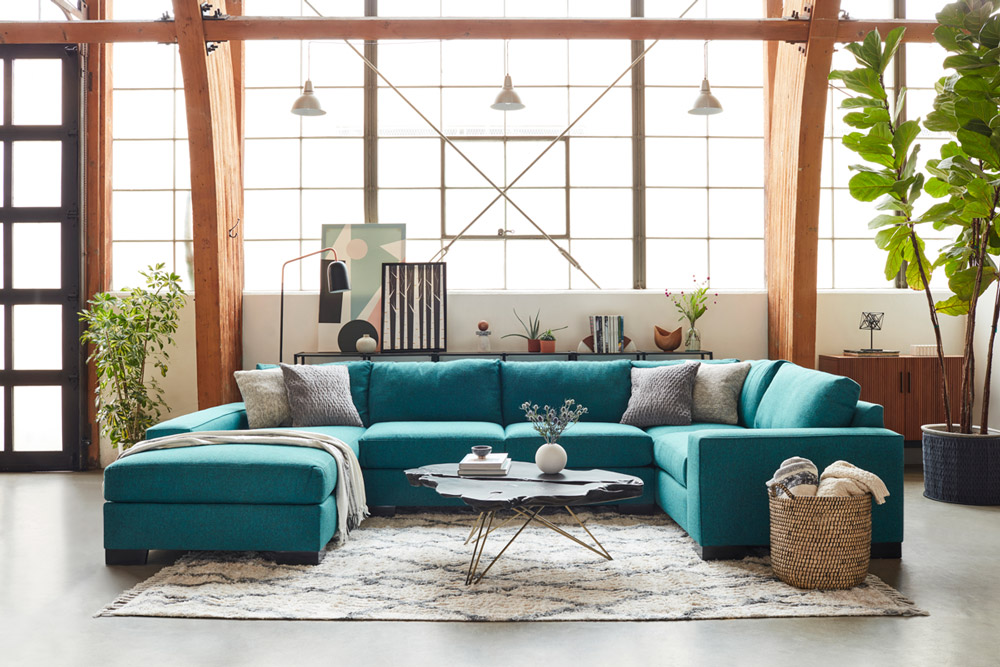Choosing the right sofa isn’t just about picking the most attractive piece in the showroom. It’s about finding a piece that complements your lifestyle, fits your space, and enhances your home’s overall comfort and function. Whether you live in a small city apartment or a spacious family home, the right sofa can dramatically improve both your living room’s aesthetic and its usability.
In this guide, you’ll learn how to evaluate your lifestyle, space, and personal needs to find the perfect sofa that balances design, comfort, and practicality.
Contents
Understand Your Lifestyle
The first and most important step in choosing the right sofa is considering your lifestyle. Ask yourself: How will you use your sofa on a day-to-day basis?
If you have children or pets, durability should be your top priority. You’ll want a sofa that can withstand spills, scratches, and constant use. Look for performance fabrics or materials known for their resistance to wear and tear.
For those who entertain guests frequently, a larger sectional or modular sofa may be ideal. These offer ample seating and can often be reconfigured depending on the occasion. If you frequently have overnight visitors, consider a sleeper sofa that doubles as a bed.
Minimalists or people with small households might prioritize sleek design and compactness. A modern loveseat or a mid-century style sofa can provide the right mix of aesthetic appeal and function without overwhelming a smaller space.

Analyze Your Space
Before buying a sofa, take accurate measurements of your living space. Measure the dimensions of the room, including ceiling height, entryways, and any other furniture that will share the space. It’s also crucial to ensure that the sofa can be delivered into your home—consider hallway width, staircase turns, and elevator access if applicable.
Think about the layout of your room and how you want the sofa to function within it. Will it be a central gathering point facing a TV, or do you want it to define a reading or conversation area? Make sure there’s enough room to walk around the sofa and that it doesn’t obstruct natural pathways or views.
Pro tip: Use painter’s tape to map out the dimensions of a potential sofa on your floor to visualize how it will sit in your space.
Choose the Right Sofa Style
Sofas come in a variety of styles, each catering to different needs and aesthetics. Here are a few common types:
- Sectional sofas: Ideal for large families or open spaces, they offer lots of seating and come in L-shaped or U-shaped configurations.
- Loveseats: Great for small rooms or as an accent piece, they fit two people comfortably.
- Sleeper sofas: Perfect for homes that occasionally need extra sleeping space.
- Reclining sofas: Best for comfort-focused households that prioritize relaxation.
- Modular sofas: Offer flexibility and can be rearranged to suit different occasions.
Pick a style that aligns with how you’ll use the sofa and the overall decor theme of your home—whether modern, traditional, industrial, or eclectic.

Pick the Best Upholstery Material
Your sofa’s upholstery will significantly affect its comfort, maintenance, and longevity. The two primary choices are fabric and leather.
Fabric sofas come in various textures and colors and generally offer a softer feel. However, not all fabrics are created equal. Microfiber, linen blends, and performance fabrics tend to be easier to clean and more durable, making them suitable for homes with kids and pets.
Leather sofas are easy to wipe clean and develop character over time. They’re ideal for people who prefer a classic, elegant look, but they may not be as cozy as fabric options in colder climates.
If you want a low-maintenance sofa, look for stain-resistant or water-resistant fabrics. Removable cushion covers are also a plus for easy washing.
Select the Right Color and Pattern
The sofa’s color will set the tone for the rest of your room. Neutral colors such as gray, beige, and navy are timeless and versatile, allowing for easy updates to surrounding decor through pillows and throws.
If you’re looking to make a statement, consider a bold color like emerald green or mustard yellow. Just make sure it complements your existing color scheme.
Patterns can add personality, but they can also date quickly. If you opt for a patterned sofa, try to keep the pattern subtle and the palette cohesive with the rest of your home.

Prioritize Comfort and Ergonomics
A sofa’s visual appeal means nothing if it’s uncomfortable. When evaluating comfort, pay attention to:
- Seat depth: Deeper seats are better for lounging; shallower ones are ideal for upright seating.
- Cushion firmness: Firm cushions provide more support, while softer ones are great for relaxation.
- Backrest angle and height: Consider your posture and whether you like to recline.
Whenever possible, try out sofas in person. Sit, lie down, and test how it supports your body. If shopping online, read reviews focused on comfort and long-term use.
Budgeting and Longevity
Sofas can range widely in price—from under $500 to several thousand dollars. While it’s tempting to go for the cheapest option, investing in a quality piece will save you money in the long run.
Look for a sofa with a solid hardwood frame, high-resilience foam cushions, and quality upholstery. Warranties and customer service reviews can also indicate a brand’s reliability.
Set a realistic budget, and prioritize features that are important to you—whether that’s durability, comfort, or design. Remember: A sofa is a long-term investment.
Additional Features to Consider
Modern sofas often come with extra features that can enhance your experience. Some include:
- Built-in storage compartments for blankets or remote controls
- Reclining functions for added relaxation
- USB charging ports or power outlets for convenience
- Modular extensions to customize seating as needed
These extras can be incredibly useful if you’re short on space or want more tech-friendly furniture.
Final Tips Before You Buy
Before making your final decision, here are a few last-minute tips:
- Test the sofa in person, if possible, to check comfort and build quality.
- Read online reviews for real-world insights about longevity and customer service.
- Understand return policies, especially for online purchases.
- Factor in delivery and assembly, especially for larger pieces that may need professional setup.
Conclusion
Choosing the right sofa involves more than just picking the best-looking model. It’s about evaluating your daily habits, available space, and personal preferences. A great sofa should suit your lifestyle, complement your room, and offer long-term value and comfort. By considering the key factors above, you can find a sofa that not only looks good but truly works for your life.

